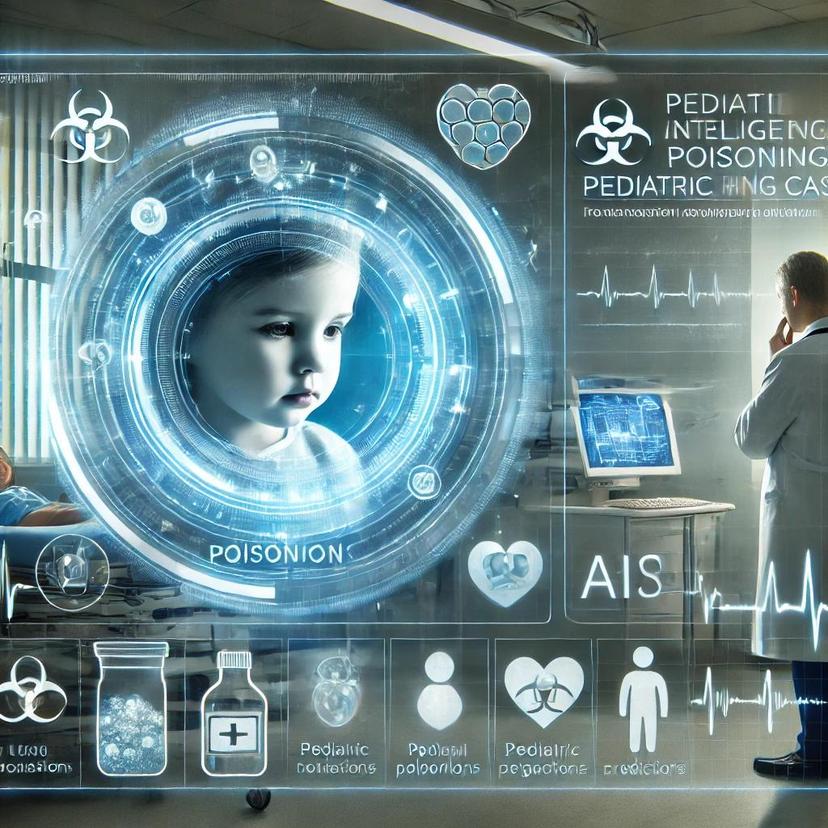AI Predicts Methadone Poisoning Outcomes in Young Children with High Accuracy
post on 14 Feb 2025
post on 14 Feb 2025

AI enhances methadone poisoning prediction in children
New Study Highlights AI’s Role in Enhancing Clinical Decision-Making for Pediatric Poisoning Cases
February 2025 – A groundbreaking study published in the European Journal of Pediatrics has demonstrated the power of machine learning (ML) in predicting methadone poisoning outcomes in children aged five years or younger. Researchers utilized National Poison Data System (NPDS) data to develop AI-driven predictive models, offering new insights into early detection, risk stratification, and improved clinical decision-making.
Key Findings:
✅ Random Forest and Bagging models outperformed traditional prediction methods, achieving an impressive 96% accuracy and 98% ROC AUC (Receiver Operating Characteristic Area Under the Curve) in distinguishing between serious and minor poisoning outcomes.
✅ Coma, cyanosis, respiratory arrest, and respiratory depression were identified as the strongest predictors of severe outcomes using SHAP (Shapley Additive ExPlanations) analysis.
✅ The study emphasizes the potential of AI-powered clinical decision support systems (CDSS) for real-time risk assessment, helping healthcare professionals make faster and more precise interventions in suspected pediatric methadone toxicity.
The Growing Threat of Pediatric Methadone Poisoning
Methadone, a synthetic opioid commonly prescribed for pain management and opioid use disorder treatment, has become a growing risk for accidental ingestion in young children. Children under five, due to their natural curiosity, are particularly vulnerable to severe respiratory and central nervous system depression after ingestion.
Despite advancements in medical management—including naloxone administration and supportive care—early risk prediction remains a challenge. This study highlights AI’s potential to bridge this gap, enabling proactive patient care and more efficient allocation of healthcare resources.
Transforming Clinical Toxicology with AI
This study marks a significant step forward in AI-driven toxicology research. The authors suggest that ML models like Random Forest could be integrated into clinical workflows within emergency departments, poison control centers, and pediatric intensive care units (PICU). By providing real-time patient risk assessments, these models can help reduce the likelihood of severe complications and improve patient outcomes.
Future research will focus on validating these models in real-world clinical settings, integrating them into electronic health record (EHR) systems, and refining their predictive capabilities to account for polydrug exposures and evolving symptoms.
Implications for Poison Prevention
The study reinforces the critical need for enhanced safety measures in households with opioid medications, including child-resistant packaging, safe storage practices, and increased caregiver education on the dangers of accidental methadone ingestion.
As AI continues to reshape toxicology and emergency medicine, this research highlights a promising future where machine learning aids clinicians in making life-saving decisions faster than ever before.
Read the Full Study:
Mehrpour et al. (2025). Predictive Modeling of Methadone Poisoning Outcomes in Children ≤ 5 Years: Utilizing Machine Learning and the National Poison Data System for Improved Clinical Decision-Making. European Journal of Pediatrics. DOI: 10.1007/s00431-024-05957-x